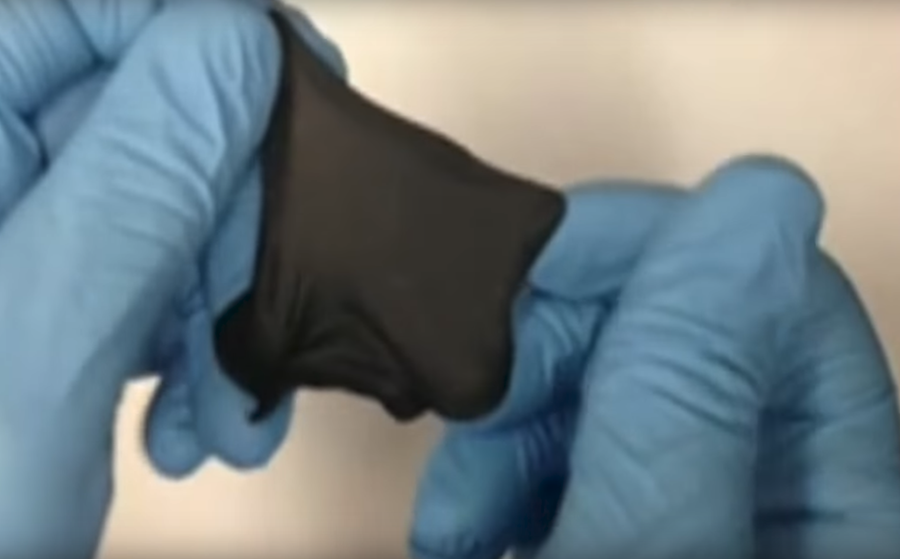Body sensors were something that you would see in a doctor’s office. The healthcare professionals would use it to track your heart rate, take ECG etc. But now it has become ubiquitous. Widely available sensors these days can not only track your heart rate but can track your sleep, steps, look for abnormal health activity and so on. Smartwatch manufacturers are loading up these devices with all sorts of health trackers.
Related Stretchable, Bendable Electronic Circuits Could Give Way to Flexible Electronics
As smartwatches are becoming popular, demand for stretchable sensors is growing. Sensors found in smartwatches today are very sensitive and detect the slightest movement, but many are made out of metal. That means when you twist or stretch them too much, they stop working. But for sensors to be able to monitor the full range of a body’s bending and stretching, they require a lot more give.
A number of research institutes have developed novel stretchable, bendable sensors that could be used on smartwatches. And now, researchers from Canada’s Children’s Hospital Research Institute of Manitoba and the University of Manitoba have developed a new, super stretchy sensor by pairing chewing gum and carbon nanotubes. The innovative elastic, attachable, and cost-efficient carbon nanotube (CNT)-based strain gauge can be efficiently used as bodily motion sensors.

To make the sensor, a research team member chewed a regular piece of chewing gum for 30 minutes, washed it with ethanol and let it sit overnight. For the sensing material, a solution of carbon nanotubes was added to the gum. The tubes could be aligned properly with simple pulling and folding, reports ACS.
The current sensor has shown to be a linear strain sensor for at least strains up to 200 percent and can detect strains as high as 530 percent with a high sensitivity ranging from 12 to 25 and high durability.
Related Fraunhofer IZM Researchers Develop New Bendable Micro-Batteries for Wearable Devices
The researchers used this gum sensor as bodily motion sensors and they found the sensitivity to be quite high, capable of tracing slow breathing. Since it can be patterned into various forms, gum sensor has huge potential to be used in miniaturized sensors and biochips. The gum sensor can also monitor humidity changes with high sensitivity and fast resistance response capable of monitoring human breathing.












